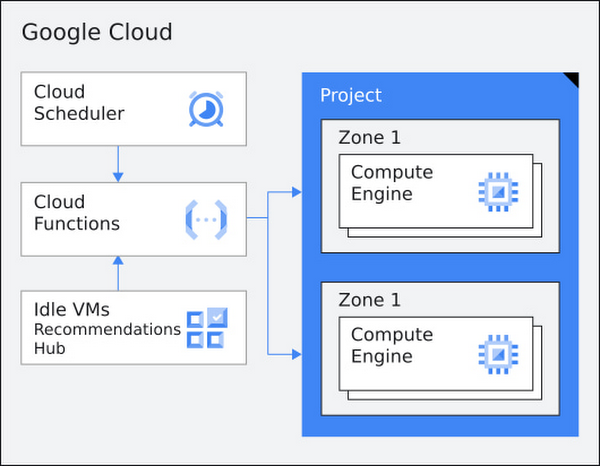Save money and time with automated VM management and suspend/resume
Jani Patokallio
Head of Cloud Solutions, Asia-Pacific
Yasmin Mowafy
Sr. Product Manager
Try Google Cloud
Start building on Google Cloud with $300 in free credits and 20+ always free products.
Free trialA key benefit of cloud computing is that you can easily create and delete computing resources, paying only for what you use. While production virtual machines (VMs) tend to run constantly, some are only needed when running batch jobs, while others like development or test environments are typically used only during business hours. Keeping VMs running when they have no users or tasks to run serves no useful purpose, so turning them off saves money.
However, managing fleets of VMs manually can be tedious, error-prone, and hard to enforce across a large organization. What's more, systems that are migrated from on-premises hardware don't usually take advantage of the ability to turn off when they don't have users or tasks to run. While on-premises hardware either is there or isn't, VMs in the cloud can be running, suspended, stopped or turned into machine images, ready to recreate at a moment's notice. Each of these options has different costs and benefits.


Our new guide, Cost optimization through automated VM management, takes you through various ways to control your fleet of Compute Engine VMs, ranging from simple time-based scheduling to leveraging Recommender analytics to resizing underused VMs and shut down idling ones. You can learn about various approaches to running batch jobs efficiently, from self-deleting virtual machines to orchestrating simple or complex tasks with Workflows or Cloud Composer, and reduce the operational overhead of OS maintenance with VM Manager.
The guide also covers the differences between suspending, stopping and deleting instances. With suspend and resume, now available in Preview, you have a cost-effective way to "pause" an instance while retaining its memory and application state, the same way a laptop remembers what you were working on when you close the lid. When the instance is resumed, your users can continue their work from right where they left off, without having to wait for the instance to boot or their software to load.
Get started by stepping through the decision tree in Cost optimization through automated VM management, and start saving money today.


